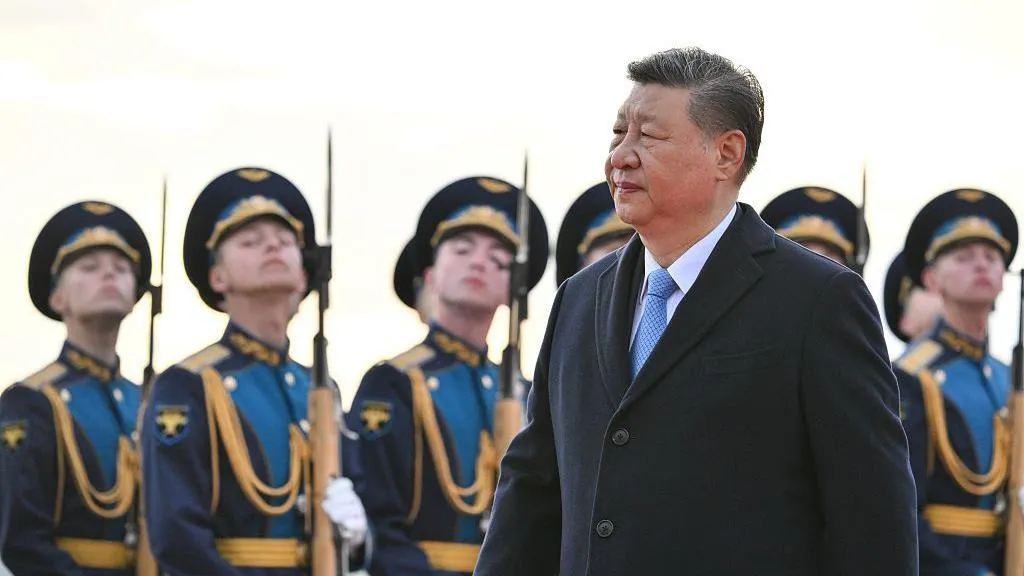Trump himself has acknowledged that US consumers will feel the sting.
American children may "have two dolls instead of 30 dolls", he said at a cabinet meeting this month, "and maybe the two dolls will cost a couple bucks more than they would normally".
Trump's approval ratings have also slid over fears of inflation and a possible recession, with more than 60% of Americans saying he was focusing too much on tariffs.
"Both countries are feeling pressure to provide a bit of reassurance to increasingly nervous markets, businesses, and domestic constituencies," Mr Olson says.
"A couple of days of meetings in Geneva will serve that purpose."
What happens next?
While the talks have been met with optimism, a deal may take a while to materialise.
The talks will mostly be about "touching base", Mr Hofman said, adding that this could look like an "exchange of positions" and, if things go well, "an agenda [will be] set for future talks".
The negotiations on the whole are expected to take months, much like what happened during Trump's first term.
After nearly two years of tit-for-tat tariffs, the US and China signed a "phase one" deal in early 2020 to suspend or reduce some levies. Even then, it did not include thornier issues, such as Chinese government subsidies for key industries or a timeline for scrapping the remaining tariffs.
In fact, many of them stayed in place through Joe Biden's presidency, and Trump's latest tariffs add to those older levies.
What could emerge this time is a "phase one deal on steroids", Mr Olson said: that is, it would go beyond the earlier deal and try to address flashpoints. There are many, from the illegal fentanyl trade which Washington wants China to crack down harder on to Beijing's relationship with Moscow.
But all of that is far down the line, experts warn.
"The systemic frictions that bedevil the US-China trade relationship will not be solved any time soon," Mr Olson adds.
"Geneva will only produce anodyne statements about 'frank dialogues' and the desire to keep talking."
